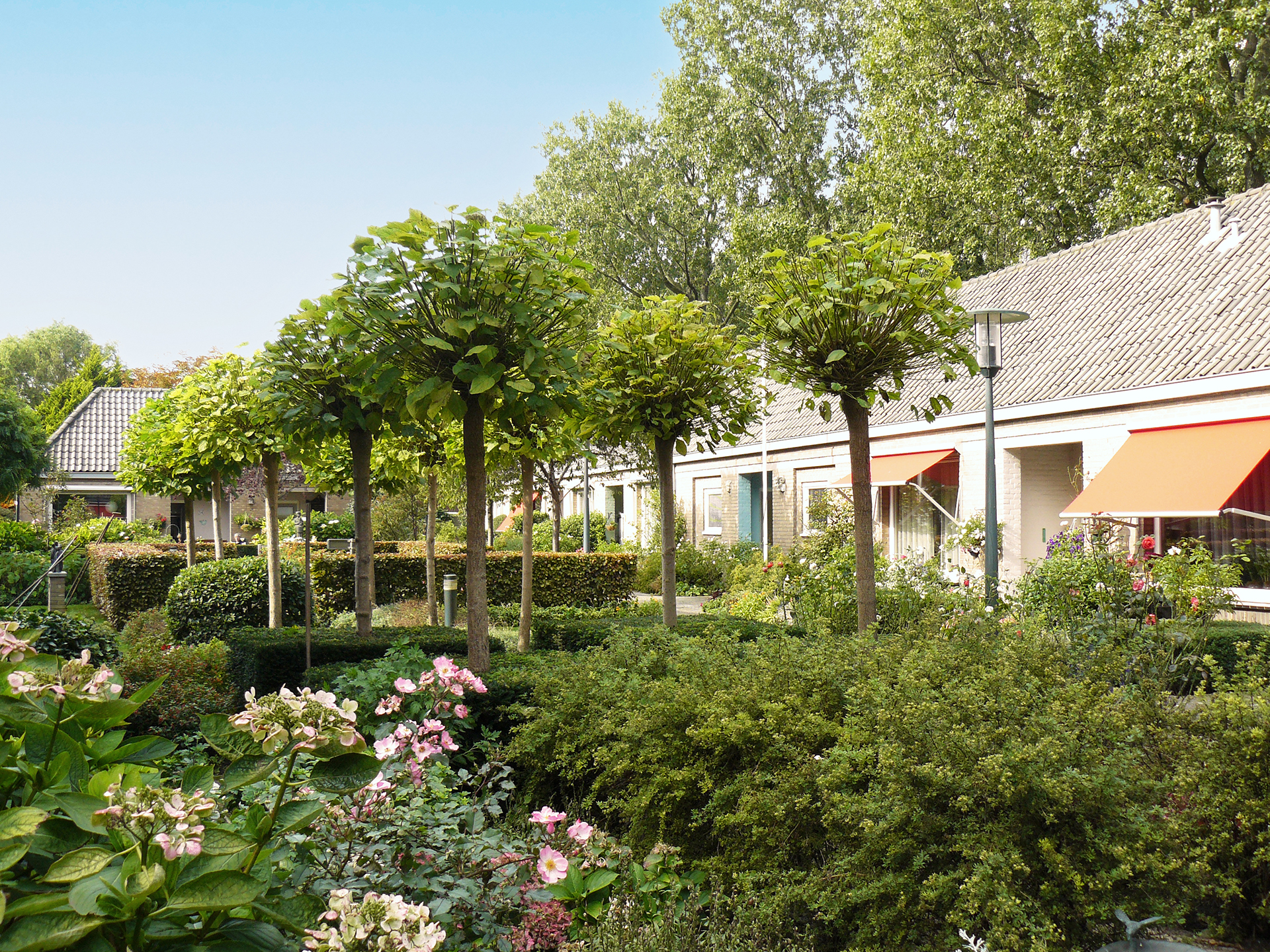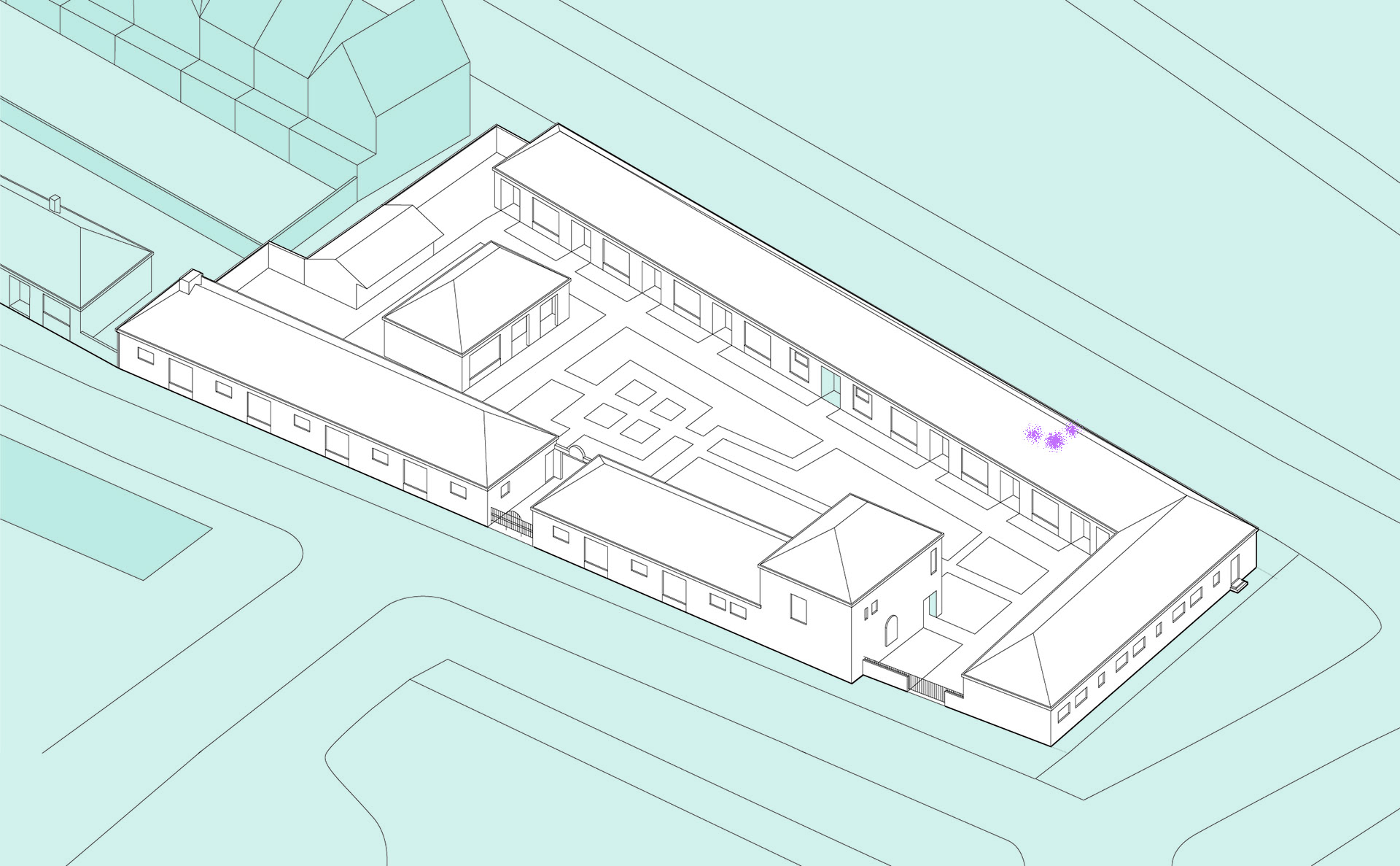Hofjes and the 21st century design challenge
According to researcher Willemijn Wilms Floet the concept Hofje (charity courtyard) is likely to succeed in cities that face renewal and densification challenges: they bring security, tranquillity and a nice green communal environment. Hofjes contribute to the urban variety that makes dwelling and living in cities attractive. In her book and open access publication ‘Urban Oases, Dutch Hofjes as Hidden Architectural Gems’ she explains the sustainable design principles, the development, the social impact and why architects, urbanists and real estate developers in the 21st century could benefit. Every era deserves a hofje of its own.
City diamonds
A quest for charity hofjes in the old cities of Holland – hofjes that often literally lie hidden like small, yet to be unearthed urban diamonds – is a fascinating way to get acquainted with six centuries of architecture in combination with a sociocultural mission. Such a quest often leads to the back side of the old cities, away from popular squares, monumental churches and other historical, urban symbols.
Each time an inconspicuous little door yields access to a hofje, the visitor experiences surprise – ‘Has this always been here?’ – confusion – ‘Am I allowed to be here?’ – and wonder – ‘What a haven of peace!’ There are few places in cities in which the contrast between the interior and exterior worlds has been designed so well; hofje residents have been experiencing this since the fourteenth century.
Sustainable qualities of Hofjes
The remarkable vitality of this building typology raises the question of whether the architectural and other qualities of the hofje can also help meet the design challenges of the twenty-first century. To decide this, we first look at examples of Dutch twentieth-century mass housing architecture that have been influenced by, among other things, charity hofjes. Subsequently, we establish a relationship with comparable courtyard typologies internationally. This is a prelude to the connection of the sustainable qualities of the hofje with global design issues for the urban living environment of the future.
Special Architecture, Great Adaptability
The vitality of the hofje as an ‘oasis in the city’ stems from the building type’s considerable spatial adaptability and its ability to respond to a social agenda. Although the hofje can be incorporated in the urban block in all kinds of situations, it always remains recognizable as a hofje: as an architectural unit comprising identical houses set around a shared garden and as an enclosed living environment that expresses a collective character. At the same time, the designs of hofjes always manage to reflect the social relations of their time and always take up a particular position relative to the archetype.
More information
This text fragment comes from ‘Urban Oases, Dutch Hofjes as Hidden Architectural Gems’ by Willemijn Wilms Floet, affiliated to the department of Architecture of the Faculty of Architecture and the Built Environment TU Delft.
The study is published in print by nai010 (ISBN 978-94-6208-660-9) and is available here as online open access by TU Delft Open (as of 1 March 2022). The book is available in Dutch too, titled ‘Oases in de stad, het hofje als architectonisch idee’ (ISBN NL: 9789462086593 www.nai010.com/hofje)



